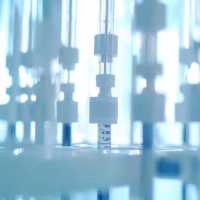Understanding the Study Results on Methamphetamine Use Disorder
This study looked at how certain memory techniques could help people who struggle with methamphetamine addiction. The goal was to see if these techniques could reduce cravings for the drug and help people stay away from it.
What Worked?
- The study found that using a method called “memory retrieval-extinction” helped reduce cravings for methamphetamine.
- When this method was applied shortly after recalling drug-related memories (10 minutes later), it significantly lowered cravings and stress hormone levels in participants.
- These positive effects lasted for up to 6 months after treatment.
What Didn’t Work?
- Using the same method but waiting 6 hours after memory retrieval did not produce the same benefits.
- Simply using the extinction technique without recalling memories first was also less effective.
How Does This Help Patients and Clinics?
These findings suggest a new treatment option for people dealing with methamphetamine addiction. By using memory techniques, clinics can help patients manage their cravings more effectively, leading to better recovery outcomes.
Real-World Opportunities
- Hospitals and clinics can develop programs that incorporate memory retrieval-extinction techniques into their addiction treatment plans.
- Training staff on these methods can enhance the support they offer to patients.
Measurable Outcomes
Clinics should track the following after using these results:
- Levels of cravings for methamphetamine reported by patients.
- Salivary cortisol levels, which indicate stress responses.
- Overall patient progress in treatment over time.
AI Tools to Consider
Clinics might explore AI tools that help in monitoring patient progress and analyzing data on cravings and stress responses. These tools can provide insights to tailor treatment plans more effectively.
Step-by-Step Plan for Clinics
- Start by educating your staff about the memory retrieval-extinction method.
- Implement a pilot program with a small group of patients to test the technique.
- Collect data on cravings and cortisol levels to measure effectiveness.
- Use the insights from the pilot to refine the approach and expand to more patients.
- Continuously track outcomes and adjust the program based on patient feedback and results.
For more details on the study, you can read the full research article here.


























